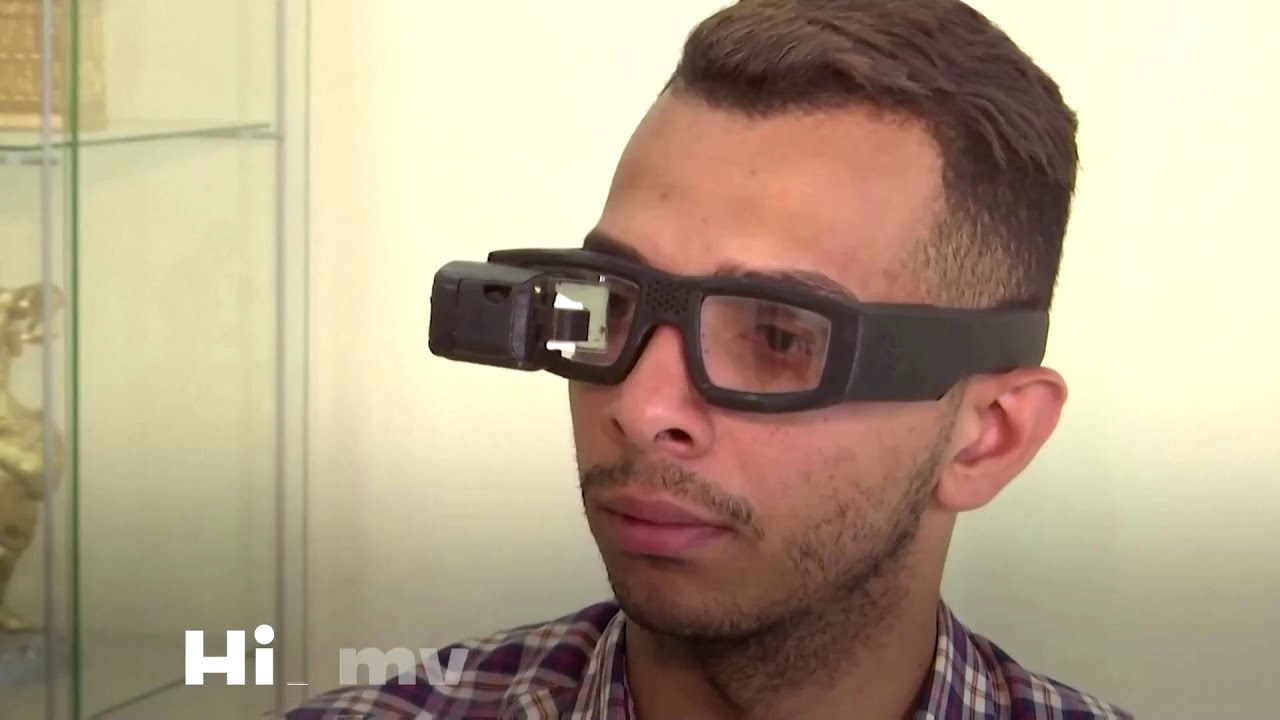Real-Time AI-Powered Speech-to-Sign Language Translation Breakthrough in Wearable AI Communication

AI Breakthrough: Instant Speech-to-Sign Language Communication
Revolutionizing Accessibility through Wearable AI
A pioneering technology initiative is setting new standards in accessible communication. An agile team in China is building a compact solution that converts spoken language into sign language and vice versa. Designed for seamless integration with smartphones and advanced eyewear, this innovation opens direct channels for interaction among hearing and non-hearing individuals without requiring them to learn new communication methods.
Central to its design is the ability to recognize both spoken and visual language cues. Unlike previous text-based systems, this approach acknowledges that a significant number of hearing-impaired individuals communicate more fluently through signs than through reading. The diverse array of gestures, facial expressions, and regional variations in signing presents a complex challenge. Successfully bridging this divide demands more than just recognizing words; it calls for capturing subtle, context-driven movements and expressions distinct to different communities.
Currently in its validation phase, with prototypes actively under development, the project is attracting attention and support from the investment ecosystem. The technology's lightweight structure suggests practical usage in everyday life, particularly in educational settings, workplaces, and healthcare environments—domains where real-time mutual understanding is essential but often difficult to achieve.
Precision Data: Training AI with Diverse Human Expressions
Robust, accurate translation hinges on data quality and variety. To address regional distinctions, the researchers assembled an extensive video library made up of twelve thousand annotated samples. These resources include detailed three-dimensional mappings of hand, facial, and bodily movements. The goal: teach the model to distinguish thousands of signs, convert them to text efficiently, and—critically—perform flawless, lifelike interpretations through virtual avatars.
Each recorded dialect encompasses unique gestures informed by local culture and practice. Achieving model reliability means covering a spectrum of speeds, positions, and context-specific nuances. By encoding skeletal points and motion patterns, developers enable the system to make fine-grained distinctions between visually similar signs. The inclusion of facial expression data further strengthens the ability to capture intended meaning and emotion, ensuring that communication is both clear and authentic.
This approach is not limited to academic research. Practical testing, often involving collaboration with assistive robotics providers and medical institutions, ensures the datasets reflect real-world communication scenarios. The modular architecture of the system also allows adaptation for languages that are underrepresented in tech products, making the solution globally relevant.
The Expanding AI Frontier: Next-Generation Sign Language Models
The landscape of automated sign language translation is advancing rapidly. Besides independent efforts, larger technology firms have launched platforms that integrate sign recognition into their cloud services. This includes collaboration across the globe, extending to widely used models optimized for different sign languages and platforms.
Key competitors have implemented powerful vision algorithms paired with gesture-tracking frameworks to deliver interactive results. Advances in alphabet recognition, facial emotion capture, and even text-to-avatar rendering ensure the systems remain adaptable across social, educational, and medical environments.
The combination of deep learning, real-time image analysis, and community-driven feedback continues to improve inclusivity. As more solutions reach the market, best practices regarding cultural sensitivity and privacy are incorporated. These projects share a singular vision: enabling equal participation for every individual, regardless of hearing ability, by making language translation frictionless, natural, and available wherever it is needed.
Opportunities and Future Directions for Universal Communication
In a world increasingly dependent on digital connection, advancements in conversational intelligence mark a turning point for millions facing communication barriers. The wearable platform and companion mobile app currently in development highlight how targeted AI innovation can transform both one-on-one interactions and broader social inclusiveness.
With scalable technology and immersive training data, systems like these promise to address gaps in education, healthcare, and daily life. Ongoing research looks at integrating additional cues—from lip movement to brain signals—further expanding how technology can meet users at their point of need. As benchmarks evolve and the dataset grows, universal, barrier-free dialogue is no longer out of reach but part of the near future.
The momentum now centers on refinement, partnership, and global implementation—turning challenges of regional dialects and physical nuance into opportunities for richer communication and empathy. Ultimately, the advent of intelligent, real-time sign language translation sets a new paradigm for accessible, human-centered technology.
